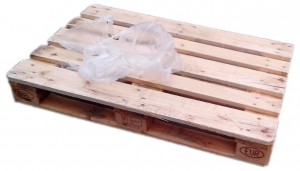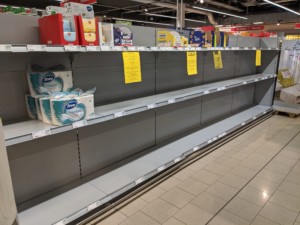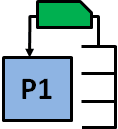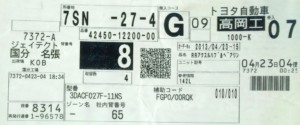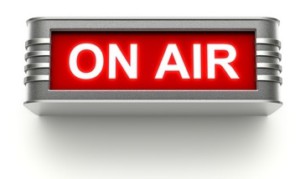 The release of Christoph Roser’s new book All About Pull Production inspires John Shook to discuss the origins and true meaning of “pull” and why it is incorrect to blame JIT for the shortcomings of global supply chains.
The release of Christoph Roser’s new book All About Pull Production inspires John Shook to discuss the origins and true meaning of “pull” and why it is incorrect to blame JIT for the shortcomings of global supply chains.
Guest post by John Shook based on his foreword in my book, and also a Cross-Post with Planet Lean. Many thanks, John!

